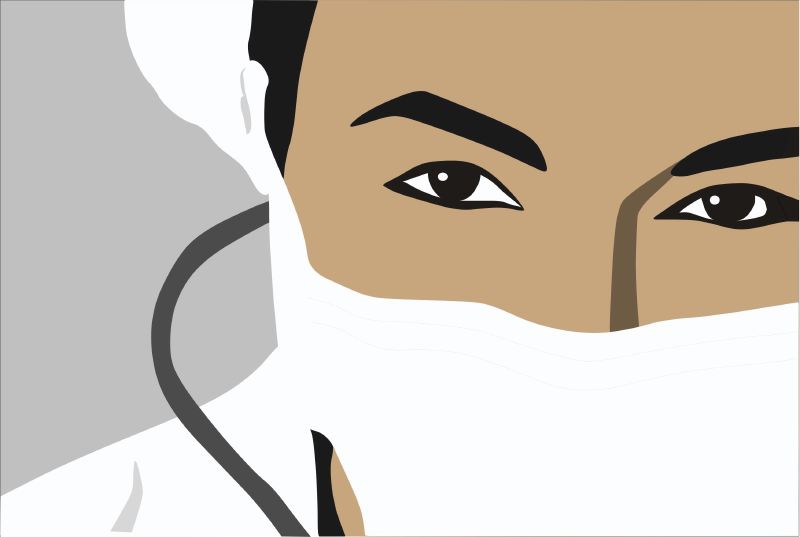
Readers by now should know my views on therapy: everyone needs some therapy sometimes. The demanding nature of modern medicine places physicians under significant stress and strain, prompting a growing interest in the benefits of therapy to help them navigate the complexities of their profession.
Engaging in proactive therapy can offer physicians a unique opportunity to enhance their insight, manage stress, and foster emotional well-being. To therapy or not is a key question not because the evidence is lacking — therapy works — but because of the barriers that exist for physicians considering “doing the work”.
We’ve previously encouraged our readers to consider investing in an examined life, and compared coaching vs therapy. Below, we consider therapy’s set of advantages and disadvantages, to help physicians decide.
To therapy or not is a key question not because the evidence is lacking -- therapy works -- but because of the barriers that exist for physicians considering "doing the work".
1. Enhanced Emotional Intelligence and Insight
One of the primary advantages of physicians undergoing therapy is the potential for heightened emotional intelligence and self-awareness. Therapy provides a confidential space for physicians to explore their emotions, reactions, and motivations, enabling them to gain a deeper understanding of themselves and their interpersonal dynamics. This enhanced insight can positively influence their patient interactions and professional relationships.
2. Improved Stress Management
The demanding and often emotionally charged nature of medical practice can contribute to burnout and mental health challenges among physicians. Therapy equips them with effective stress management tools and coping mechanisms. Learning to navigate the pressures of the medical field can lead to better resilience and a more sustainable career, ultimately benefiting both physicians and their patients.
3. Prevention of Burnout
Therapy acts as a preventive measure against burnout, a pervasive issue in the medical profession. By addressing stressors and developing healthy coping strategies, physicians can reduce the risk of burnout, ensuring that they can continue providing quality care without sacrificing their own well-being.
4. Enhanced Communication Skills
Effective communication is crucial in healthcare, both with patients and within interdisciplinary teams. Therapy can improve a physician’s communication skills, helping them convey complex medical information with empathy and clarity. This, in turn, can strengthen doctor-patient relationships and contribute to more successful outcomes.
5. Professional Development and Lifelong Learning
Engaging in therapy is a form of ongoing professional development. Physicians who actively seek self-improvement through therapy demonstrate a commitment to lifelong learning. This dedication to personal growth can positively impact their professional competency, creating a culture of continuous improvement within the medical community.
1. Stigma and Professional Image
Despite growing awareness of mental health issues in the medical field, there remains a stigma surrounding physicians seeking therapy. Some may fear that acknowledging the need for therapy could be perceived as a sign of weakness or incompetence, potentially affecting their professional image and career advancement.
2. Time Constraints
The demanding schedules of physicians may pose a significant barrier to engaging in therapy regularly. The time constraints associated with medical practice can make it challenging for physicians to prioritize their mental health, potentially leading to neglect of personal well-being in the pursuit of professional responsibilities.
3. Confidentiality Concerns
Physicians may be apprehensive about the confidentiality of therapy sessions. Concerns about privacy and the potential impact on their professional reputation could deter them from seeking the support they need. Addressing these concerns and ensuring confidentiality is crucial to encouraging physicians to engage in therapy without fear of repercussions.
4. Financial Costs
Accessing therapy often comes with financial implications. While some healthcare institutions may offer mental health services, others may not, and physicians may need to seek private therapy, incurring additional costs. The financial burden could be a deterrent, particularly for those with limited resources.
5. Mismatch in Therapist Understanding
Finding a therapist with a deep understanding of the unique challenges faced by physicians is crucial. A mismatch in understanding can lead to ineffective therapy and frustration for the physician. It may take time to identify a therapist who is well-versed in the intricacies of the medical profession, potentially delaying the benefits of therapy.
Finding a therapist with a deep understanding of the unique challenges faced by physicians is crucial. A mismatch in understanding can lead to ineffective therapy and frustration for the physician.
My personal view — everyone needs a therapist — notwithstanding, the decision for physicians to engage in therapy is a nuanced one, with both potential advantages and drawbacks.
While therapy offers an invaluable opportunity for self-discovery, stress management, and professional development, challenges such as stigma, time constraints, and financial considerations need to be addressed.
Striking a balance between recognizing the benefits of therapy and mitigating potential drawbacks is essential to fostering a healthier and more resilient medical workforce, ultimately benefiting both physicians and the patients they serve.
